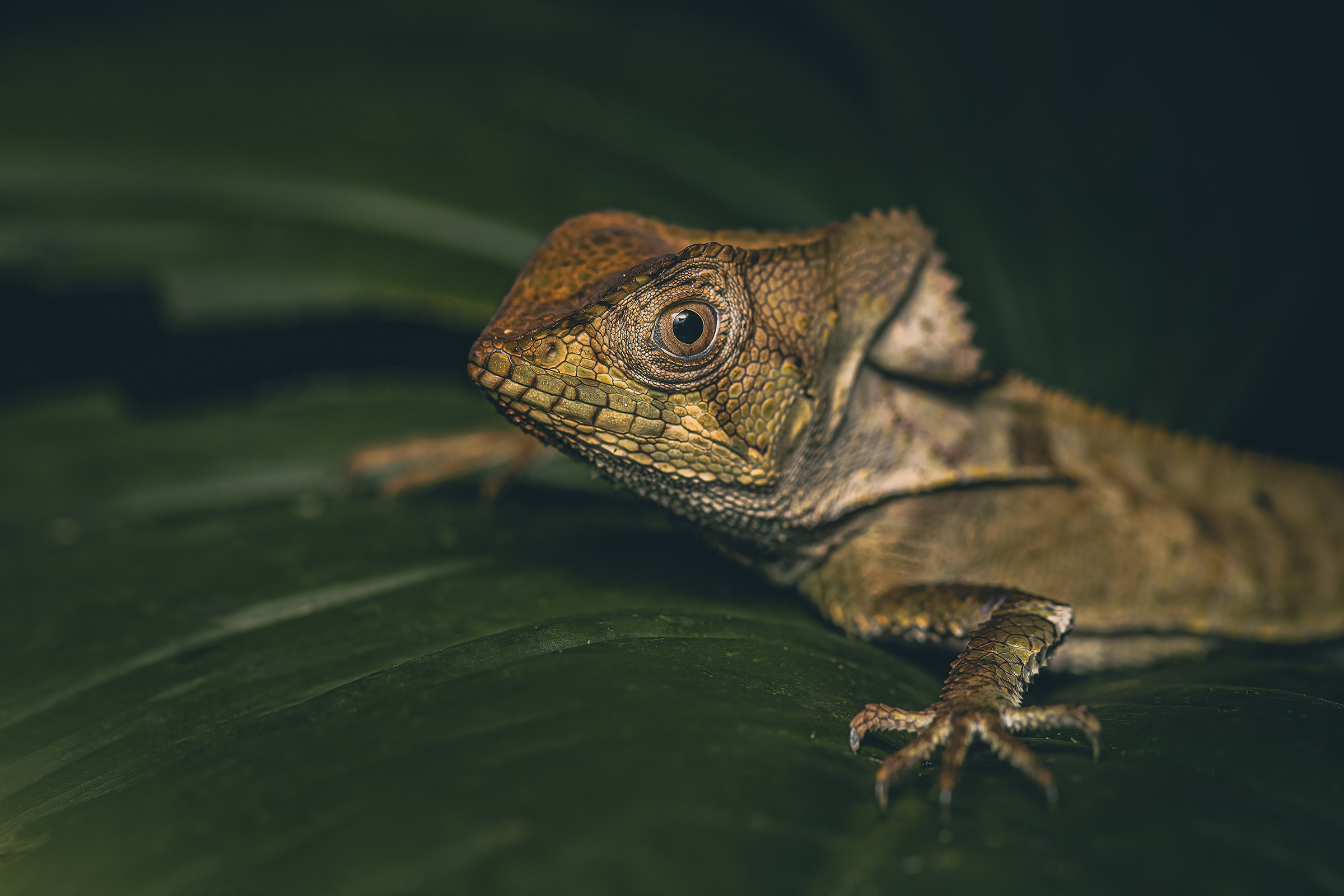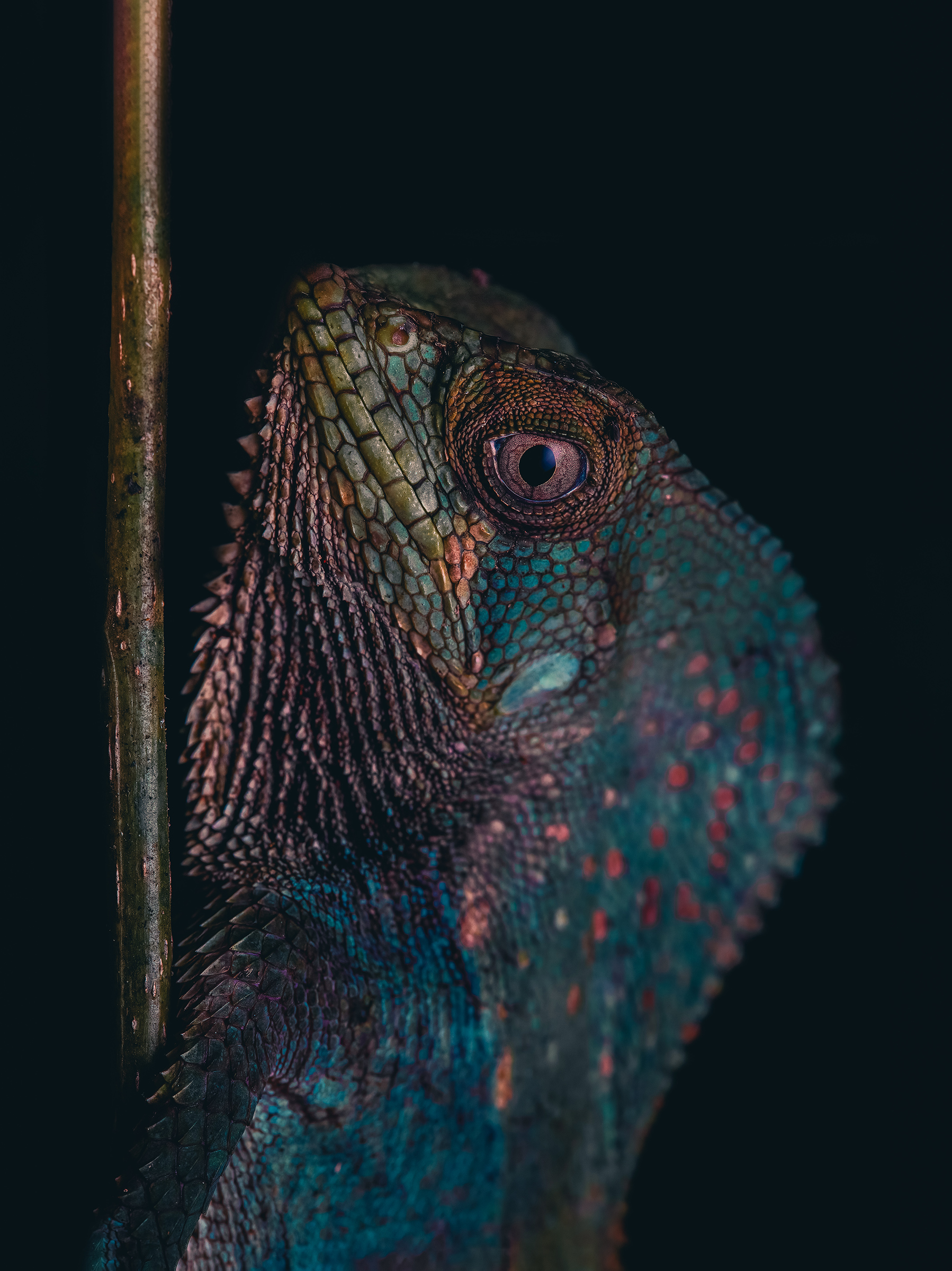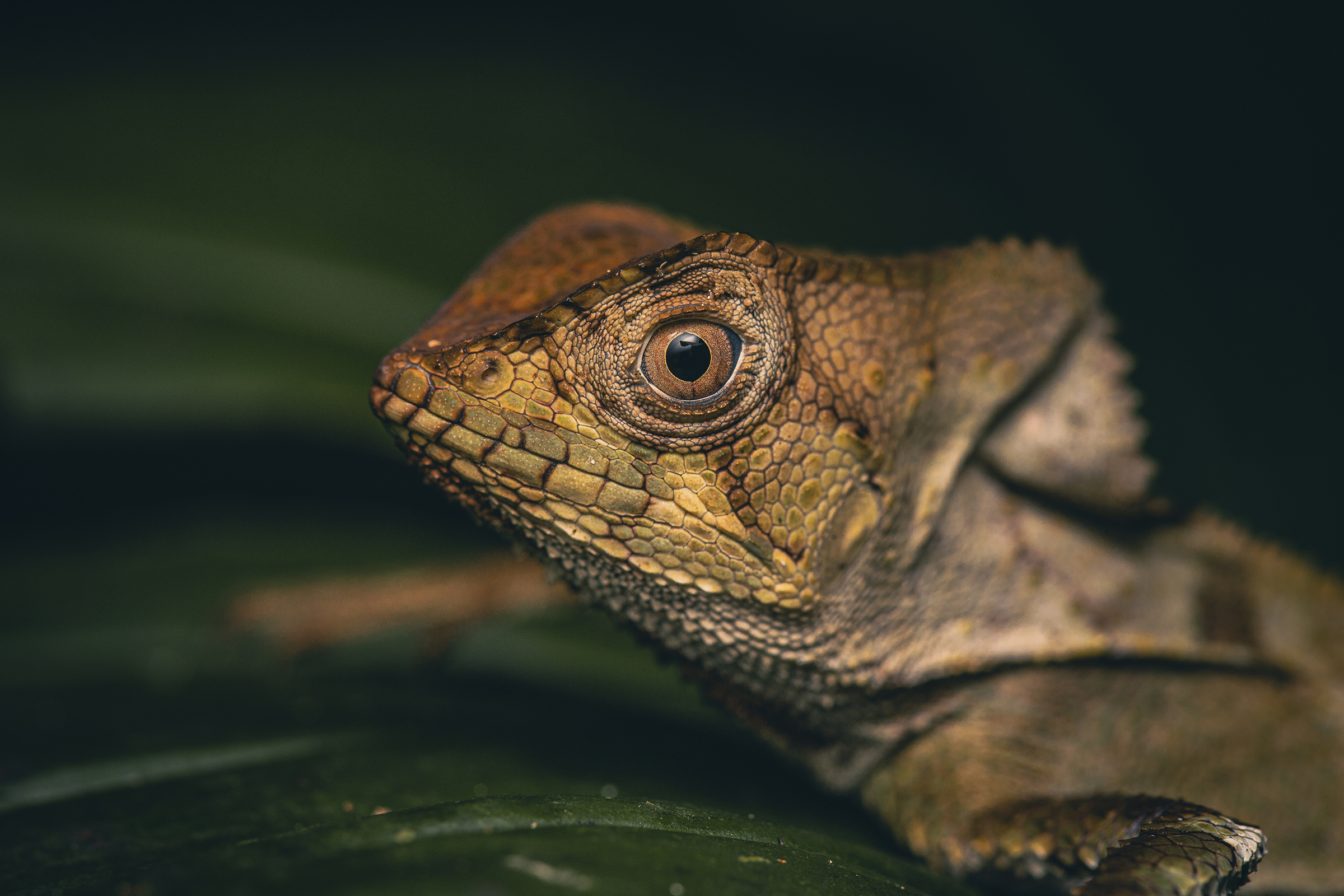
In the dense, humid jungles of Central and South America, where the leaves glisten with moisture and shadows stretch long under the canopy, lives a reptile so elusive that even the most seasoned naturalists might overlook it. The Corytophanes cristatus, commonly known as the Helmeted Iguana or casque-headed lizard, is a master of stillness, blending seamlessly into its surroundings with an almost supernatural ability.
Unlike other lizards that rely on speed to evade predators, Corytophanes cristatus takes a different approach—absolute stillness. When threatened, it freezes in place, relying on its cryptic coloration to merge with tree bark, making it nearly indistinguishable from the twisted branches it calls home. This unique strategy is a testament to the incredible adaptability of rainforest species and showcases a fascinating example of crypsis in the animal kingdom.

But its camouflage isn’t the only striking feature. The Helmeted Iguana’s raised, bony casque on its head gives it a prehistoric look, adding to the air of mystery that surrounds this species. This ridge-like structure is believed to help with both defense and thermoregulation, making it more than just an aesthetic feature.
Corytophanes cristatus is a medium-sized lizard, typically growing between 25 to 35 cm (10 to 14 inches) in length, with males generally being larger than females. It has long, slender limbs and a laterally compressed body, which aids in its arboreal lifestyle. Its coloration ranges from shades of grey, olive, brown, black, reddish-brown, and green.
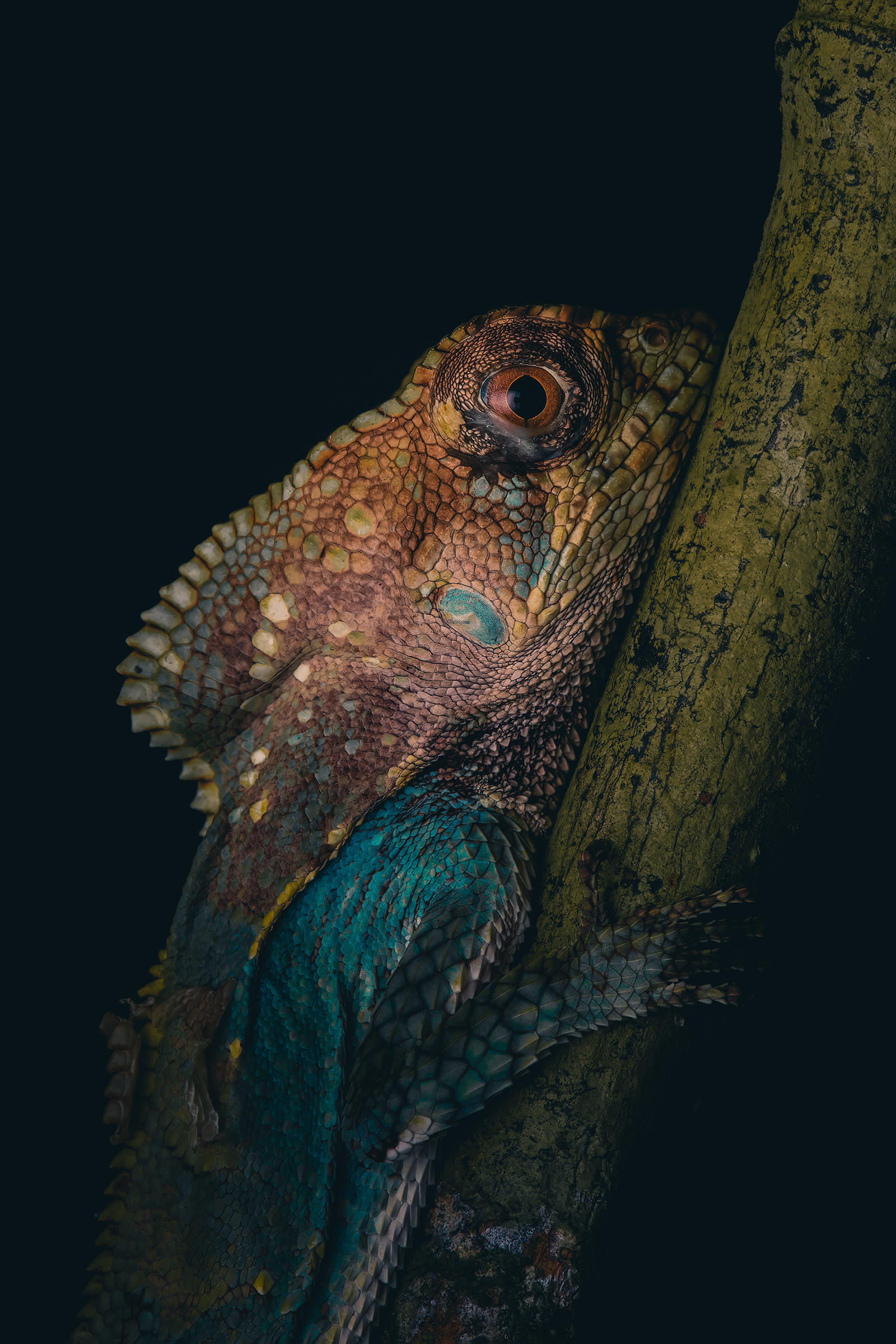
This species is primarily arboreal, often found resting motionless on vertical tree trunks or low-hanging branches. It is diurnal, becoming active during daylight hours to hunt for food. Their diet consists mainly of insects, spiders, and other small invertebrates, making them an important predator in the forest ecosystem.
One of the most remarkable aspects of its behavior is its response to threats. Instead of fleeing, Corytophanes cristatus remains frozen, relying on its ability to blend into its environment. If further provoked, it may puff up its body and extend its dewlap in an attempt to appear larger and more intimidating. However, it rarely engages in aggressive encounters, preferring its stealthy tactics over confrontation.
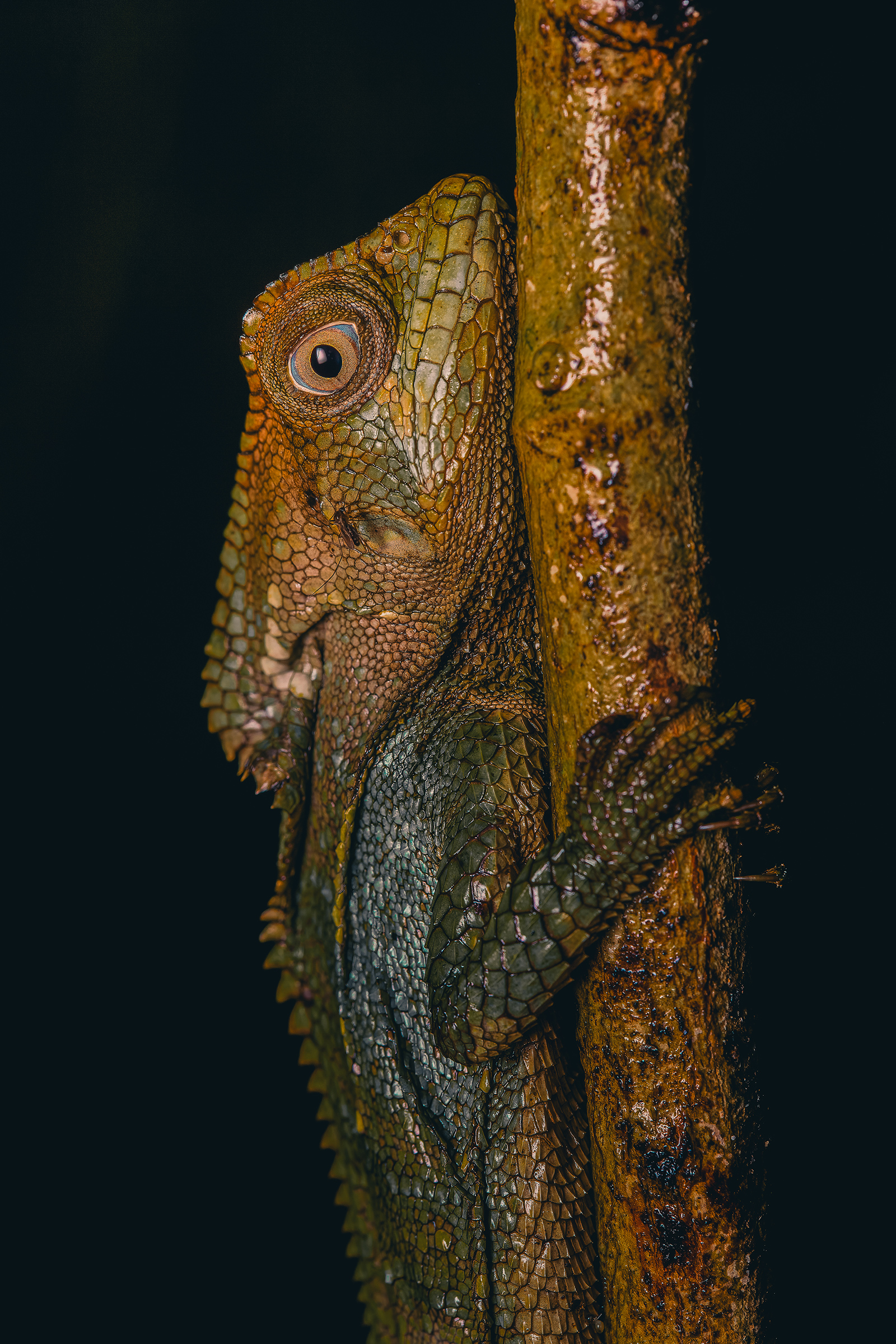
During the breeding season, males may become more territorial, using head bobbing and body posturing to communicate dominance. Females lay small clutches of eggs in leaf litter or soft soil, where they incubate for several months before hatching. The young hatchlings are born fully independent and must rely on their camouflage and instinctual behavior to survive.
For wildlife photographers, capturing an image of Corytophanes cristatus is both a challenge and a thrill. Spotting one in the wild requires patience and a trained eye, as their natural camouflage allows them to blend effortlessly into the rainforest’s intricate textures. The best approach is to scan tree trunks and low branches carefully, looking for the telltale shape of its casque or the subtle outline of a motionless body.
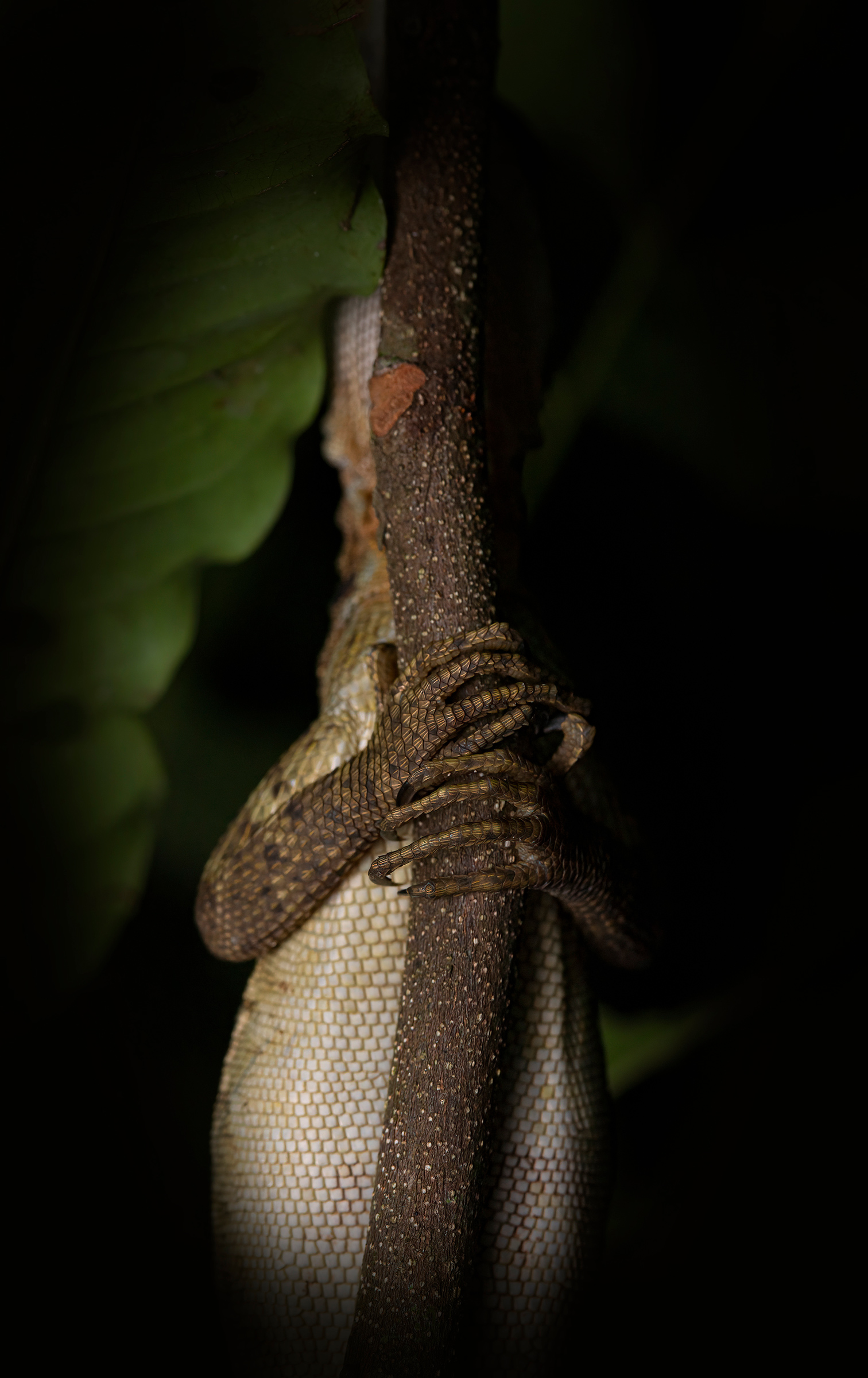
Once spotted, photographers must work with soft, diffused light—often filtering through the thick canopy—to bring out the intricate details of its scales and the stunning complexity of its natural environment. A macro or telephoto lens helps capture the fine textures, from the delicate ridges on its casque to the minute patterns on its skin. Slow, deliberate movements are key, as sudden gestures can cause the lizard to slip into the background, disappearing once more.
Beyond its fascinating behavior and appearance, Corytophanes cristatus serves an important ecological role. As an insectivorous reptile, it helps maintain a balanced ecosystem by controlling populations of insects and small arthropods. However, like many creatures of the rainforest, it faces threats from deforestation and habitat fragmentation. The ongoing destruction of its home means fewer places to hide and a greater risk of population decline..
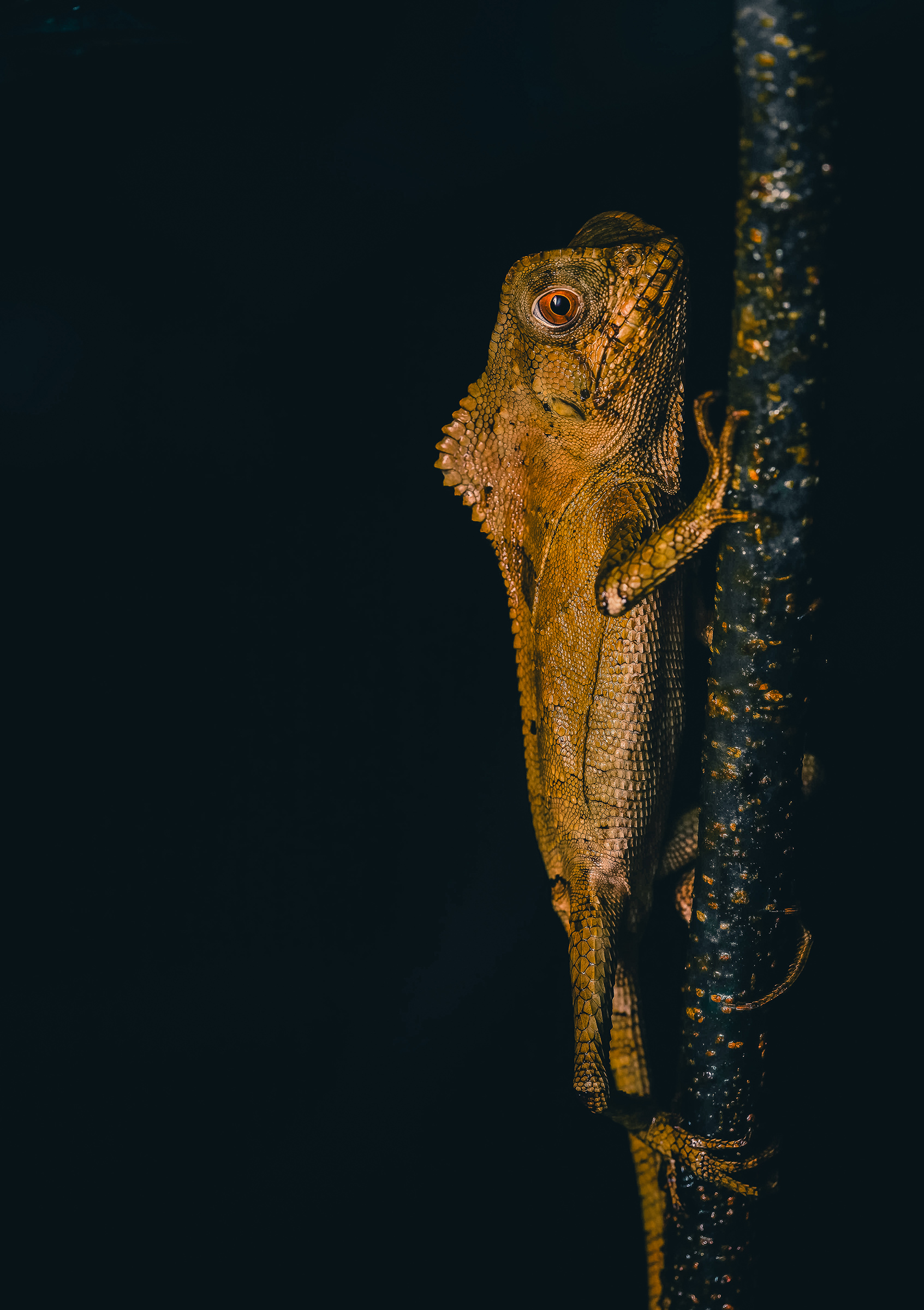
Conservation efforts aimed at protecting tropical forests are essential to ensuring the survival of species like the Helmeted Iguana. Preserving these ecosystems not only safeguards biodiversity but also maintains the delicate balance that keeps these environments thriving.
